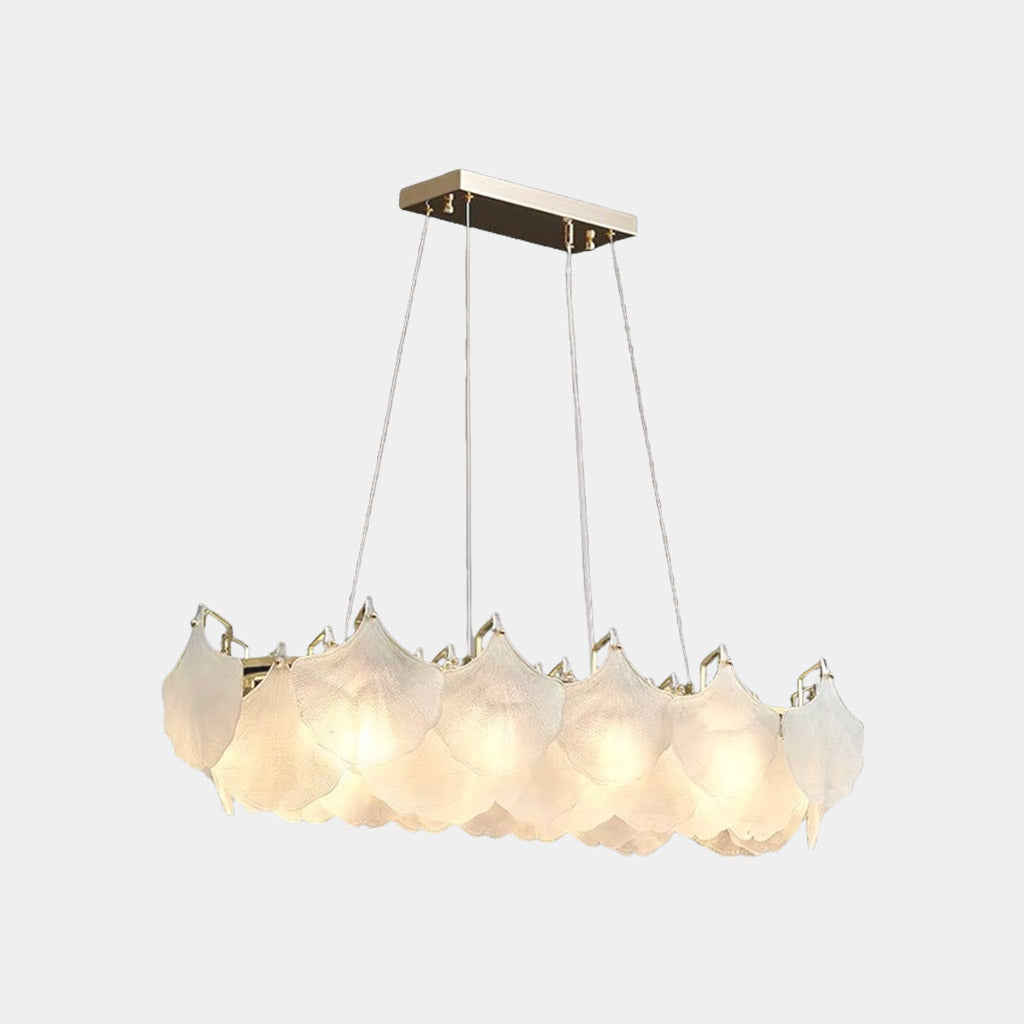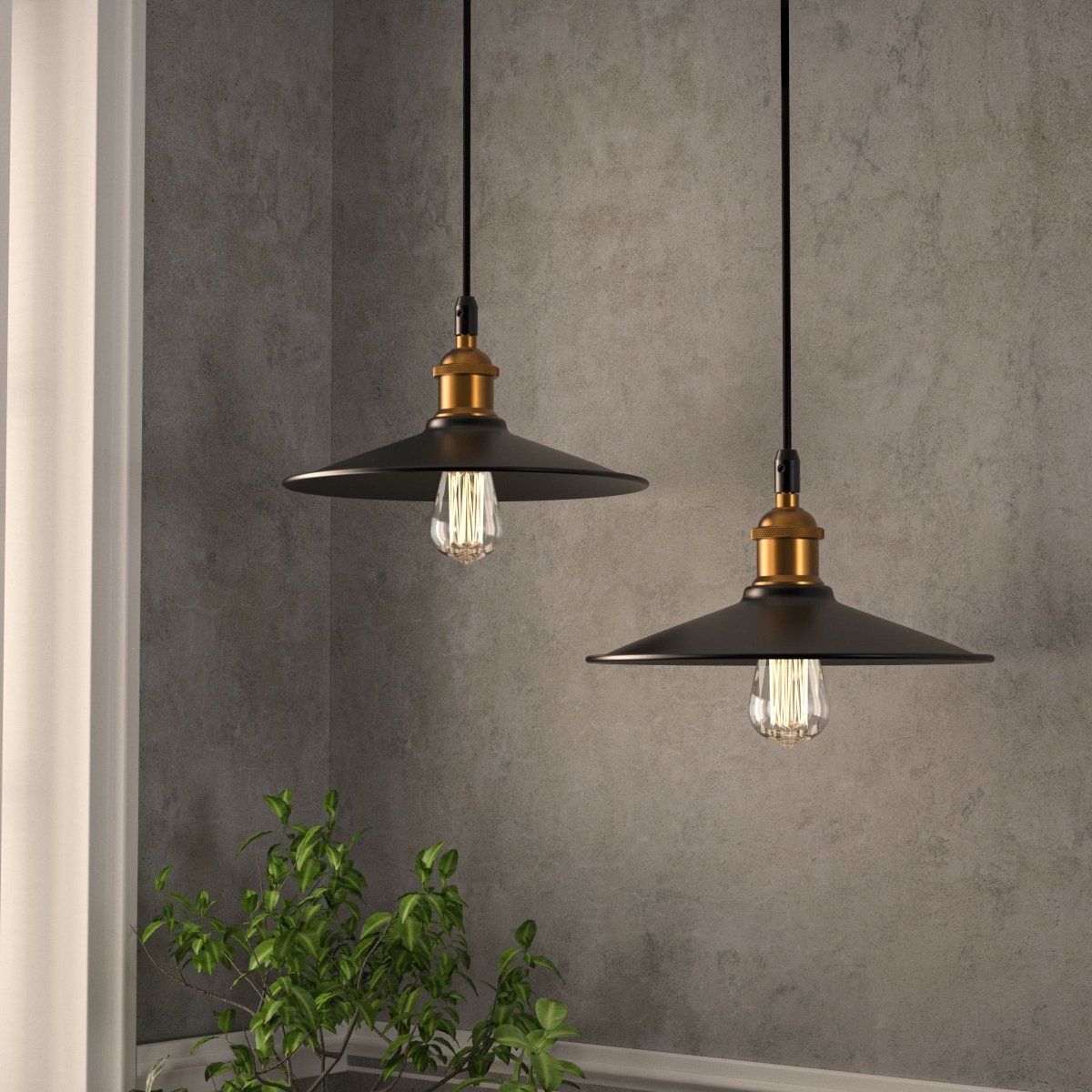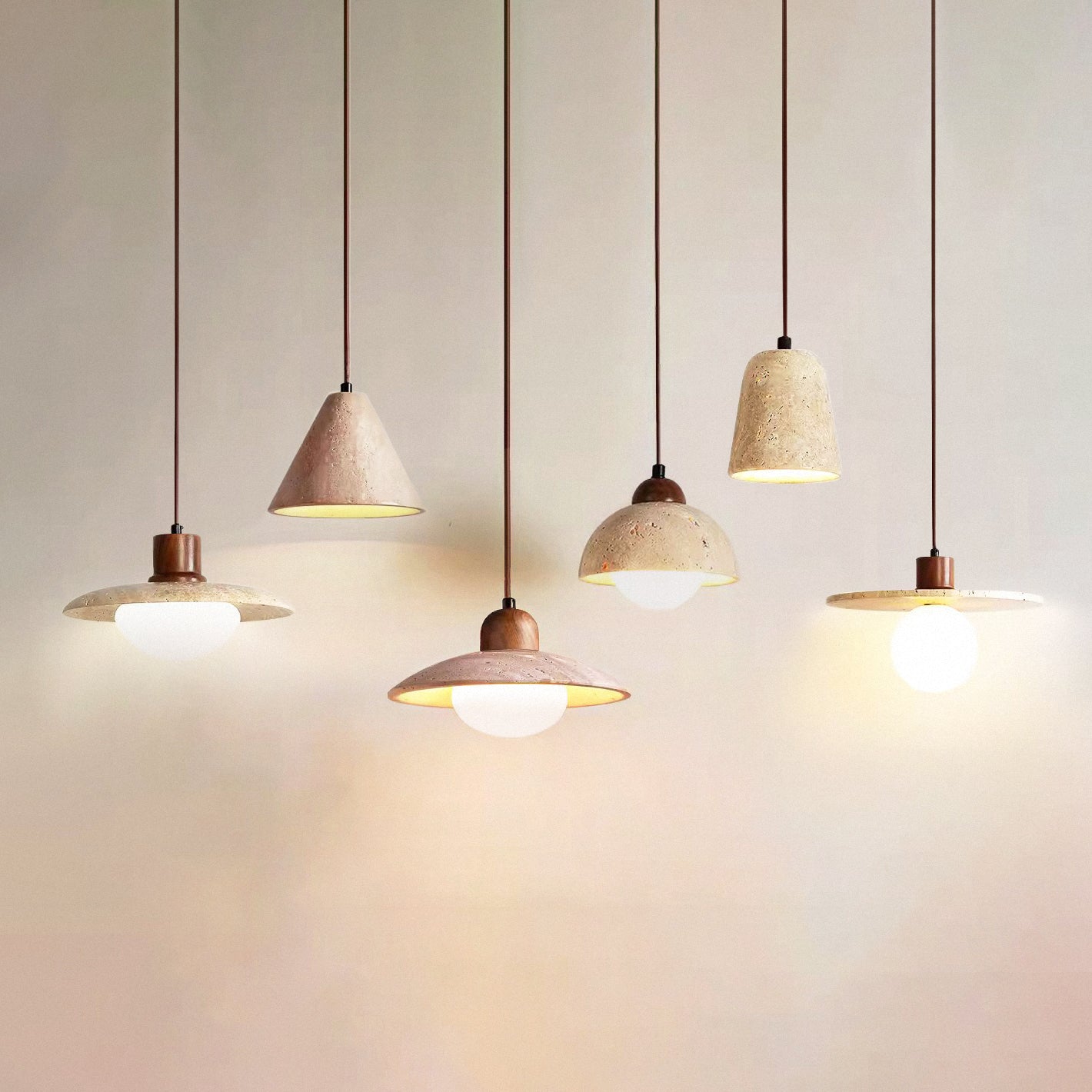Pendant Light FAQs: Guidance on the Most Common Homeowner Questions
Exactly how to Pick the Perfect Pendant Light to Improve Your Inside Style
Choosing the best Pendant light requires careful consideration of different elements. The design needs to straighten with the total design, while dimension plays a crucial duty in making certain appropriate proportion. Shade and surface alternatives can enhance visual appeal. Additionally, examining light result is essential for capability - Pendant Light. Comprehending these facets can transform a space, creating an inviting environment. The process involves even more than simply aesthetics; there are usefulness that have to also be resolved.
Recognizing Different Pendant Light Styles
Pendant lights are available in a selection of designs, each offering special aesthetic and useful advantages. From commercial styles that feature revealed bulbs and steel surfaces to stylish glass fixtures that stimulate a feeling of elegance, the alternatives are huge. Contemporary Pendant lights frequently stress minimal shapes and clean lines, while vintage-inspired styles may incorporate elaborate outlining and warm tones.
For those looking for a rustic charm, fixtures made from natural materials like wood or rattan give a comfy feel. In addition, multi-light necklaces can offer as statement pieces, incorporating a number of bulbs in a single layout for dramatic impact.
Each style adds in a different way to a room, affecting the general setting and personality. Recognizing these diverse Pendant light designs enables developers and house owners to make informed selections that line up with their interior design vision, enhancing both functionality and aesthetic allure in their atmospheres.
Figuring Out the Right Size for Your Space
When choosing a necklace light, accurately measuring the ceiling elevation is necessary for achieving the right balance in a room. Furthermore, calculating the scale of the fixture in relationship to the surrounding area guarantees that the light complements instead of bewilders the style. These variables play an important role in creating an unified indoor environment.
Step Ceiling Elevation
To accomplish a visually pleasing style, gauging ceiling height is important for choosing the ideal size of Pendant light. The elevation of the ceiling straight influences the scale and percentage of the illumination component. Precede with common eight-foot ceilings, Pendant lights must commonly spend time 30 to 36 inches over the surface area listed below, such as a table or kitchen area island. For higher ceilings, changes need to be made as necessary, as a higher installment can develop an extra remarkable effect. When figuring out the perfect elevation, it is important to reflect on the overall area dimensions and layout. Exact measurements help assure that the Pendant light not just complements the space's design but also gives appropriate illumination without frustrating the area.
Determine Fixture Range
Choosing the appropriate size for a lighting fixture is vital for creating consistency in an area's design. To determine component range, one have to think about the measurements of the area. A common standard involves including the area's length and width in feet, which offers a perfect size in inches for a necklace light. For instance, an area measuring 10 feet by 12 feet recommends a component size of roughly 22 inches. Furthermore, the elevation of the ceiling plays an important role; taller ceilings might accommodate bigger components. Making certain the Pendant hangs at a suitable elevation-- typically 30 to 36 inches over surface areas-- further boosts functionality and aesthetic appeal. Effectively scaled fixtures can change a space, making it feel inviting and well-coordinated.
Thinking About Shade and Complete Alternatives
When choosing a necklace light, the interaction of shade and finish can greatly impact the overall aesthetic of an area. Collaborating the light's color scheme with existing design ensures an unified layout, while the selection of coating product can boost appearance and design. Thoughtful factor to consider of these components is essential for accomplishing a cohesive appearance in interior layout.
Shade Combination Sychronisation
Color palette control plays an important role in accomplishing an unified indoor style, specifically when choosing pendant lights. Picking a necklace light that matches the existing color system enhances the overall aesthetic. For instance, a light with cozy tones can develop a cozy ambience in an area loaded with natural shades, while cooler shades may integrate successfully with a contemporary, minimalist scheme. It is vital to consider the dominant colors in the area, making sure that the Pendant light either blends perfectly or gives a striking contrast. In addition, integrating accent shades from the palette can link the layout together, developing a natural look. Eventually, thoughtful shade sychronisation elevates the visual influence of the Pendant light within the interior layout scheme.
Complete Material Considerations

The choice of finish materials for Pendant lights greatly influences the general layout visual of a space. Different coatings, such as matte, shiny, or distinctive, can create varying visual effects. A sleek metal finish may evoke a this page contemporary, commercial atmosphere, while a matte or brushed surface can lend a softer, extra natural feel. Color options, ranging from timeless blacks and whites to lively tones, additionally play an important function in balancing with existing decoration. Furthermore, products such as glass, wood, or ceramic can enhance the Pendant's character and complement surrounding aspects. Eventually, choosing the right surface product guarantees the Pendant light not only illuminates however also boosts the area's layout narrative.
Examining Light Result and Functionality
Light result and functionality are essential consider selecting the suitable Pendant light for any area. Examining the illumination of a necklace light entails understanding lumens, which measure the overall light discharged. A higher lumen matter generally suggests a brighter light, crucial for tasks such as analysis or food preparation. Additionally, the shade temperature, gauged in Kelvin, impacts the ambiance; warmer tones produce a comfy atmosphere, while cooler tones advertise performance.
Functionality prolongs beyond brightness to consist of the component's design and placement. Flexible pendants can give versatile lighting for various activities, while repaired options add a declaration to the decor. Considering the elevation at which the Pendant will certainly hang is important, as it affects both light distribution and safety and security. Eventually, a well-assessed light output and capability will assure that the picked Pendant light fulfills both functional and visual needs in the desired space.
Matching Pendant Lighting With Your Interior Decoration Theme
Exactly how can one ensure that Pendant lights improve the general interior style style of an area? The vital lies in selecting fixtures that resonate with the recognized aesthetic. As an example, in a minimalist setup, simple and sleek styles in neutral colors can produce a cohesive appearance. Alternatively, a vintage-themed space may gain from elaborate Pendant lights, featuring complex styles or warm tones that evoke fond memories.
Additionally, thinking about the material and coating of the Pendant light is important. Steels like brass or copper can add a touch of sophistication to a modern space, while wood components may complement rustic insides.
Color consistency likewise plays a considerable role; picking shades that align with the area's scheme guarantees that the lights really feels incorporated instead of out of location. Inevitably, the ideal Pendant lights should not just illuminate yet likewise act as a stylistic extension of the total style, enhancing the atmosphere and personality of the space.
Installation and Positioning Tips for Maximum Impact

In larger areas, consider using larger clusters or necklaces to stop them from really feeling lost in the room. For an open-concept format, aligning the pendants with other design components, like kitchen counters or furnishings lines, cultivates click to find out more cohesion. Additionally, dimmer buttons can improve flexibility, permitting for flexible atmosphere. Inevitably, thoughtful installment and placement of Pendant lights can change the appearances and performance of any indoor layout.
Often Asked Questions
What Are the Finest Products for Pendant Lighting?
The ideal products for Pendant lights consist of glass for sophistication, metal for resilience, and textile for warmth. Each material uses one-of-a-kind looks, allowing designers to produce versatile lighting remedies that improve different indoor styles and ambiences.
Just how Do I Keep and Clean Pendant Lighting?
Preserving and cleansing pendant lights involves regular cleaning, utilizing a damp towel for surfaces, and employing mild cleaners for glass elements. Regular look for loosened fittings guarantee safety and security and prolong the life-span of the fixtures.

Can Pendant Lighting Be Dimmable?
The question of whether Pendant lights can be dimmable matters for several. Different versions offer dimmable functions, enabling users to readjust brightness, boosting setting and functionality. Compatibility with dimmer buttons is crucial for peak efficiency.
What Is the Life Expectancy of Common Pendant Light Bulbs?
The lifespan of common Pendant light bulbs varies considerably. Incandescent light bulbs last about 1,000 hours, while compact fluorescent lights (CFLs) can last 7,000 to look at more info 15,000 hours. LED bulbs provide the longest life-span, rising to 25,000 hours or even more.
Are Pendant Lights Suitable for Outdoor Usage?
Pendant lights can be suitable for exterior use, but they must be especially made for such environments. Weather-resistant products and correct installment are necessary to guarantee sturdiness and security against components like dampness and wind.
Color scheme coordination plays an important role in achieving a harmonious indoor style, specifically when picking pendant lights. The choice of coating products for Pendant lights substantially influences the total layout aesthetic of a room. Light outcome and functionality are basic elements in picking the perfect Pendant light for any type of area. Assessing the brightness of a pendant light includes recognizing lumens, which measure the complete light produced (Pendant Light). Just how can one assure that Pendant lights enhance the overall interior design style of a room?